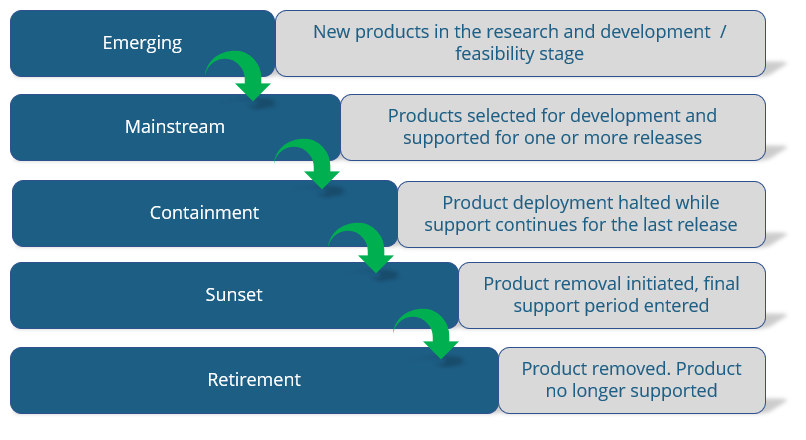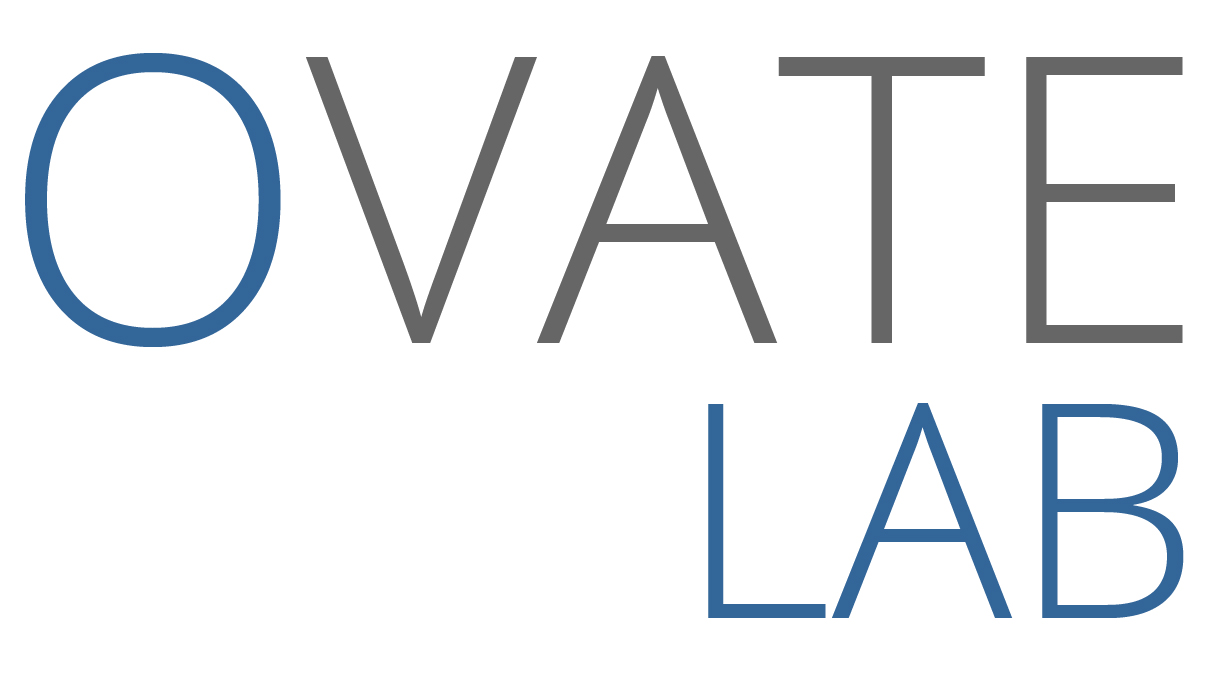As organisations look to transform their business; through initiatives such as cloud adoption, customer centric delivery and commitment to aligning the IT and business worlds to a common goal, it is is no longer enough to treat these as a programme of work. Instead we have the portfolio. The management of the portfolio looks to ‘bucket’ an existing or planned product into a specific life cycle phase as demonstrated below:

The portfolio provides a ground for nurturing new initiatives, and a cyclical process to remove ageing products from the portfolio. On paper the plans look solid, the resources are allocated and everyone is confident of delivery. But what happens when problems arise? Perhaps there is a technical limitation that prevents a timeline being met? User testing throws up ‘must have’ requirements? Organisational changes reduce capacity within your teams?
Our clean roadmap, now extends and contracts, with emerging products being delayed and retirement plans put-on hold to maintain market share and coverage. The resource profile cannot flex and contract.
What happens when external pressures are applied? We have seen in recent times the problems faced in the retail industry with the likes of Toys R Us and Maplin failing to keep up with consumer demands and trends. Other pressures are born out of legislation. The launch of GDPR is having and will have deeper repercussions upon its enforcement date in May 2018 to projects and existing products. Thinking further ahead, Brexit is another legislative change that has widespread impact on the requirements of products and services.
So what affect will these external pressures have on our portfolio?
In simple terms, each product that appears in one of the lifecycle buckets will; at the very least need to be impact assessed for the likelihood of change. If products are impacted, then there becomes an immediate pressure to maintain and upgrade live products previously outlined within the ‘sunset’ group to ensure conformance with the legislation ahead of the compliance date.
So, what does this mean for our portfolio?
Resource profiles and budgets are likely to be set, therefore the prospect of new work can introduce unforeseen budgetary pressures. Potential resource conflicts are likely, as the same teams (e.g the test team) are required for each of the projects. Within the portfolio we may experience a slowing of progress, which will require a levelling of the resource plan across projects. There may also be a request to reduce the scope on some of the pipeline projects. The business may be asked to re-evaluate their definition of ‘minimum viable product’. Will features be cut back to fit with timelines and budgets? If so, how can we be sure that the delivery gives us the customer centric product required to boost market presence?
So, what can be done to help?
Usually in these spike periods, short term, tactical solutions are employed. It is likely that budget will be found to go to market to bring in independent contract staff. If delays occur the tactical budgets can be used up quickly, and there is always the continuity risk that once the contractor leaves, so does the built up knowledge to cope with future spikes.
Ovate; through our associate network in the UK and our offshore associate partners in India can offer a range of solutions. To address the problem of short term spikes, the use of the Crowd offers a variety of options. These include:
- On-demand arrangements – these are suitable for short bursts of tests to assure a single release, typically over a weekend or a week, across several devices.
- Reserve Capacity – introducing specialist testing services, for discounted prices based upon the commitment to utilising the service.
- Service Partnership – introducing a credit based system, related to service catalogue, again price efficiency increases with increased commitment levels.
The benefits of this approach are; it allows your team to expand and contract to meet the peaks and troughs of the demand. It also provides continuity in the form of the building of a knowledge base for future cycles; as well as providing cost effective specialist services such as user research, automation, performance and security.
The efforts are fully managed, therefore the responsibility and associated overheads are greatly reduced, leaving your own management team free to focus on delivering against the portfolio delivery roadmap.
For more information on Crowd Testing and other services please visit:
https://ovate.co.uk/service_catalogue/testing/crowd-testing/
If you’d like to know more about what Ovate can do for your business, please fill out the form below. One of our team will be in touch to discuss the best approach for your portfolio challenges.
[salesforce form=”1″]




